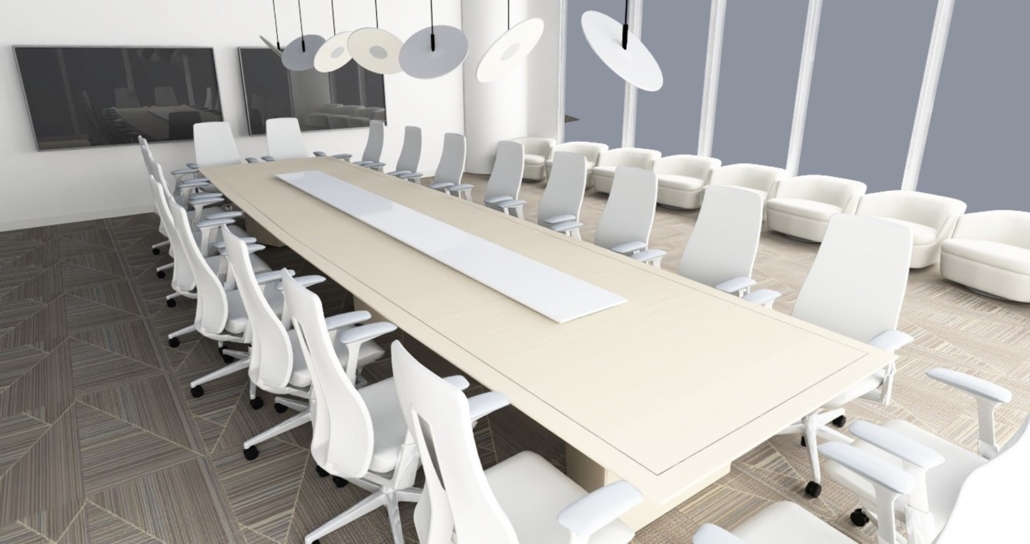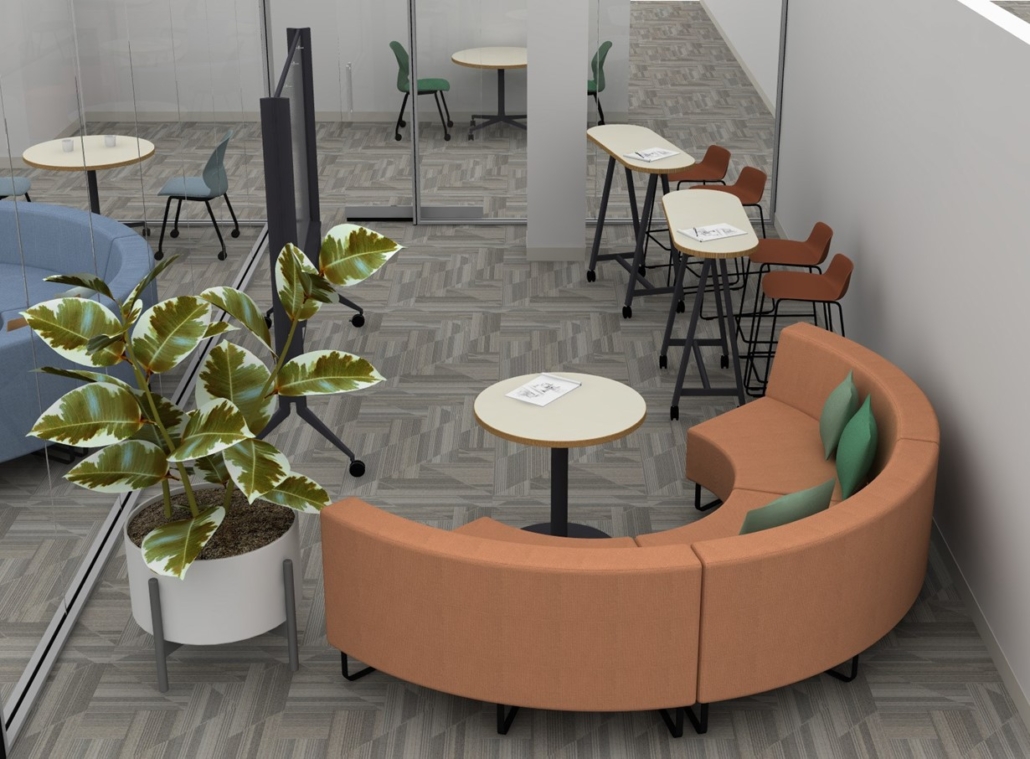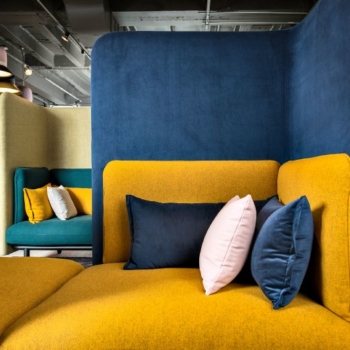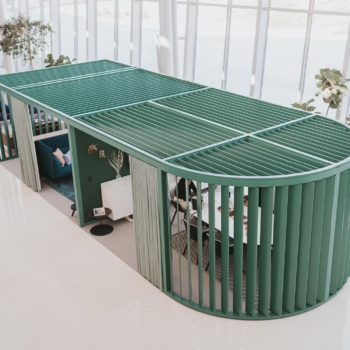Unlocking Innovation: Exploring the Four Essential Collaborative Spaces in the Modern Workplace
While the flexibility of remote work has become more prevalent thanks to technology, there remains a crucial necessity for face-to-face interactions, especially when it comes to tasks that thrive on brainstorming and collaboration. Collaboration not only gives rise to our most innovative ideas but also nurtures enduring connections, forming the bedrock of any organization’s culture. The surge in remote work in recent years has underscored the importance of dedicated collaborative spaces in the workplace. Crafting these spaces fosters an environment that values individual experiences and contributions. Haworth’s global research team has identified four key collaborative activities: inform, do, think, and connect. Explore further to discover how you can enhance workspaces for each activity, and gain inspiration from some of our idea starters drawn directly from ongoing projects by Systemcenter’s design team!
Inform
A workspace tailored to information sharing will usually include monitors and conference chairs. All seats are faced towards the speaker and attendees are encouraged to listen in and ask questions at specific times or collaborate with each other during training sessions. The monitors and whiteboards are used to convey information and ideas visually which can be easily viewed by everyone. These spaces are great for collaboration within large groups, facilitating knowledge presentations by speakers, and hosting client meetings.
Do
Commonly referred to as “War rooms,” these spaces are specifically designed for tracking and disseminating data, metrics, and project updates. Typically furnished with a table, desk chairs, storage, whiteboards, and a monitor, this collaborative space enables groups or teams to work collectively on tasks. It provides the convenience of keeping important notes pinned on walls or written on whiteboards, facilitating easy reference when team members work individually on assignments that stem from the collaborative efforts.
Think
People benefit from having dedicated spaces for idea generation, brainstorming, and strategic thinking. These spaces are specifically created with a relaxed atmosphere and cozy seating in consideration, ensuring minimal disruptions and privacy. Sofas and guest chairs are commonly used in these areas. Additionally, they are equipped with monitors and whiteboards to encourage both collective problem-solving and individual expression of creativity on top of facilitating collaboration.
Connect
Ancillary spaces are designed to encourage spontaneous interaction and personal connection. Though also great for work, they are built with people in mind. These spaces serve as a cozy lounge area, providing relaxed and warm environments for people to gather. They are equipped with comfortable seating options such as lounge chairs, sofas, and rugs to create an inviting atmosphere. These spaces can be indoors or outdoors and offer great flexibility with movable furniture.
Read the Haworth Spark article here: 4 Types of Collaborative Spaces
Featured Products:
Interested in executing one of these workspaces in your business?
Click here to contact a Systemcenter representative



















